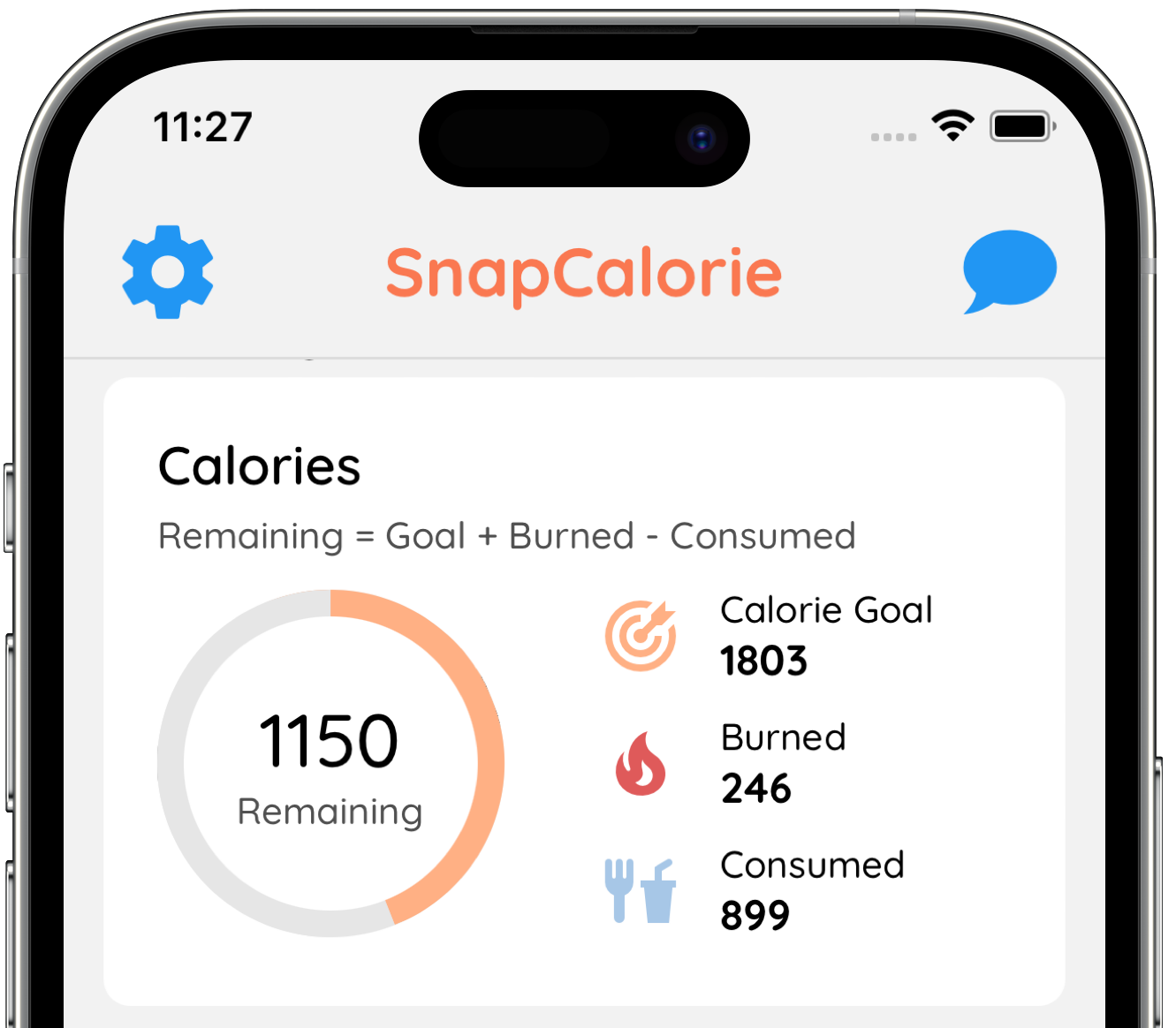Low Sodium Seeded Sourdough Bread

Discover the wholesome delight of Low Sodium Seeded Sourdough Bread—a perfect fusion of artisanal baking and health-conscious choices. This recipe balances the tangy richness of sourdough with a delightful medley of sunflower, pumpkin, and sesame seeds that add texture and earthy flavor in every slice. Made with whole wheat and bread flours, this bread is naturally low in sodium, with an optional salt substitute for those seeking an even lighter option. The process highlights traditional sourdough techniques, including an overnight cold fermentation for enhanced flavor and structure. Baked in a Dutch oven to achieve a golden, crusty exterior, this bread is ideal for sandwiches, morning toast, or paired with your favorite spreads. Whether you’re a seasoned baker or new to sourdough, this nourishing loaf combines rustic charm and low-sodium goodness for a healthier bread that doesn’t compromise on taste.

Log this recipe in SnapCalorie

Recipe Information
Ingredients
- 120 grams Sourdough starter
- 320 grams Filtered water
- 200 grams Whole wheat flour
- 300 grams Bread flour
- 80 grams Mixed seeds (sunflower, pumpkin, sesame)
- 5 grams Salt substitute (optional)
Instructions
Begin by feeding your sourdough starter a day before you plan to bake your bread to ensure it is active and bubbly.
In a large bowl, combine the sourdough starter and water. Mix them together until the starter is fully dissolved.
Add the whole wheat flour and bread flour to the bowl. Mix until no dry flour remains and the dough is somewhat shaggy.
Let the mixture rest for about 30 minutes. This rest period is known as autolyse and helps to develop the gluten structure.
After the autolyse, add the mixed seeds and the salt substitute (if using). Using your hands, incorporate the seeds into the dough by gently folding and stretching the dough over itself several times.
Cover the bowl with a damp cloth and let the dough rest at room temperature for about 4 to 5 hours. During this time, perform a series of stretch and folds every 30 minutes for the first 2 hours to continue developing the dough's structure.
After the bulk fermentation, which occurs at room temperature, gently transfer the dough onto a floured surface.
Shape the dough into a round or oval loaf by folding it gently and pulling the sides towards the center.
Place the shaped dough seam side up into a well-floured proofing basket or a bowl lined with a clean towel.
Cover the dough and refrigerate it overnight (8 to 12 hours) to allow for a slow, cold fermentation, which helps in developing flavor and structure.
The next day, preheat your oven to 475°F (245°C). Place a Dutch oven with its lid inside the oven to preheat as well.
Once preheated, carefully remove the Dutch oven from the oven. Gently place the dough onto a piece of parchment paper and use the paper to lift and lower the dough into the hot Dutch oven.
Cover the Dutch oven with its lid and return it to the oven. Bake for 20 minutes.
After 20 minutes, remove the lid and continue baking for an additional 15 minutes or until the bread is deep golden brown and sounds hollow when tapped.
Remove the bread from the Dutch oven and let it cool completely on a wire rack before slicing.
Nutrition Facts
Calories |
2284 | ||
|---|---|---|---|
% Daily Value* |
|||
| Total Fat | 45.7 g | 59% | |
| Saturated Fat | 6.9 g | 34% | |
| Polyunsaturated Fat | 0.0 g | ||
| Cholesterol | 0 mg | 0% | |
| Sodium | 30 mg | 1% | |
| Total Carbohydrate | 401.8 g | 146% | |
| Dietary Fiber | 41.0 g | 146% | |
| Total Sugars | 4.7 g | ||
| Protein | 82.8 g | 166% | |
| Vitamin D | 0.0 mcg | 0% | |
| Calcium | 226 mg | 17% | |
| Iron | 27.9 mg | 155% | |
| Potassium | 4941 mg | 105% | |
*The % Daily Value tells you how much a nutrient in a serving of food contributes to a daily diet. 2,000 calories a day is used for general nutrition advice.



